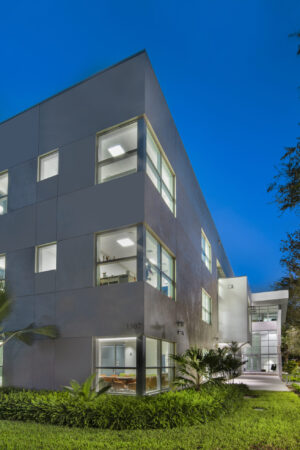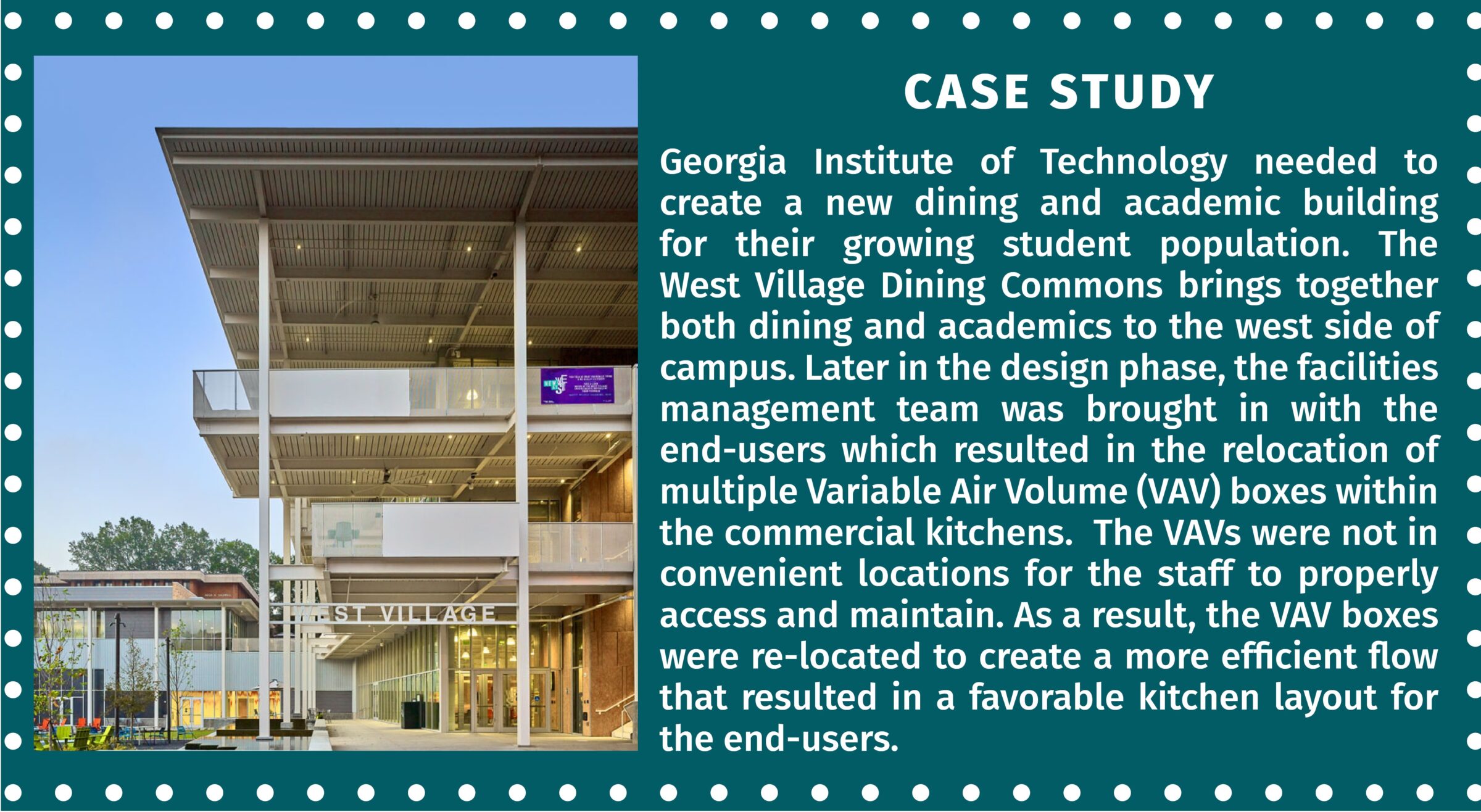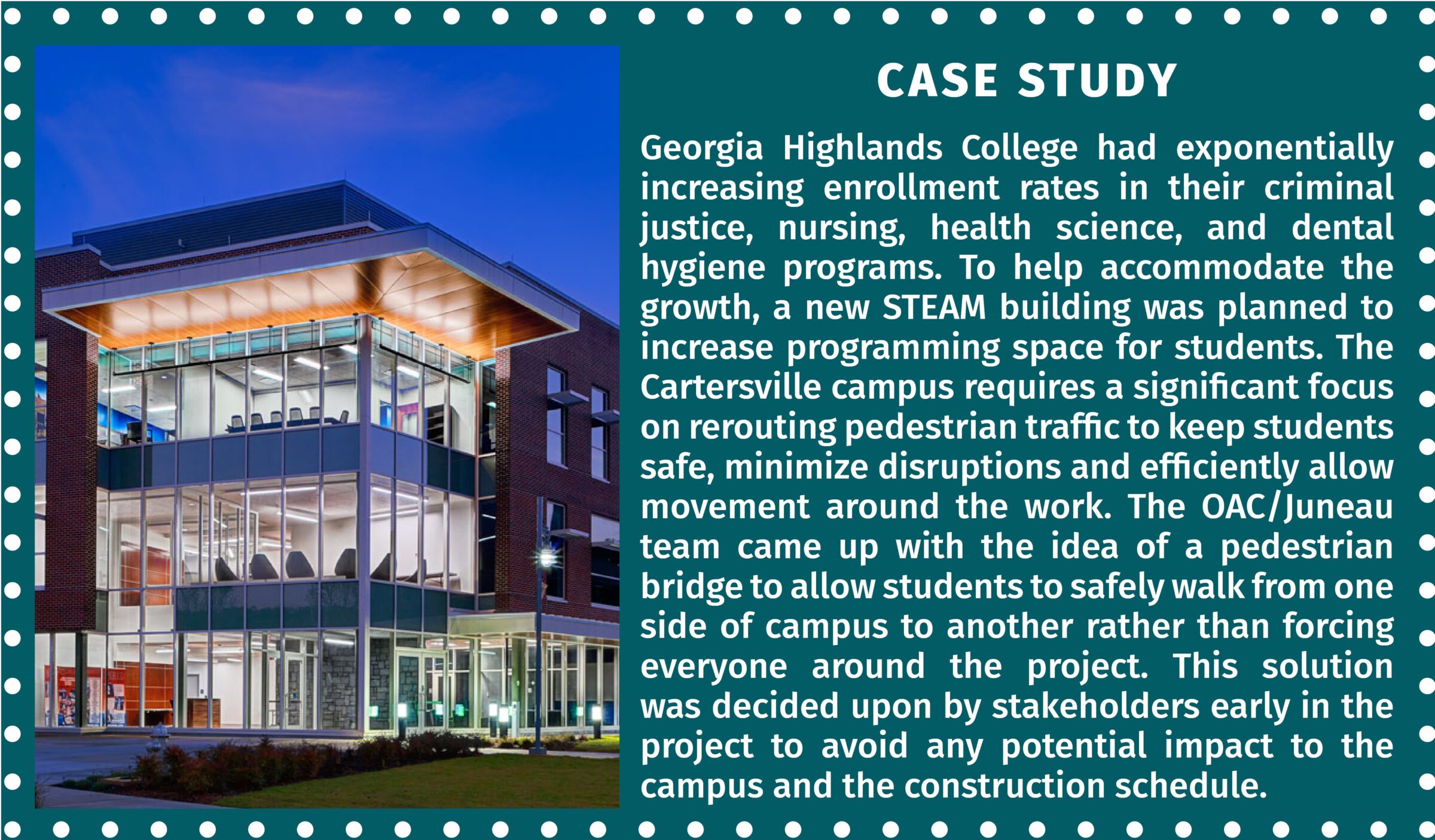Top 3 Essentials for Setting Up Higher Education Projects for Success
A project isn’t successful just because it turned out aesthetically pleasing. A successful project is one where collaboration among all OAC team members from initial design through closeout leads to the project being delivered on time and within budget. Having completed over $1 billion in Higher Education construction, we’re here to give you some insight on how to ensure your next Higher Education project is set up for success from day one.
#1: Establish Fluid Communication Between All Key Stakeholders and End-Users
Communication has to start in preconstruction – it is important to have regular face-to-face meetings early on to make key decisions pertaining to the project. All stakeholders and users involved have ideas of what they feel the project should and should not include; furthermore, many of these ideas have a cost associated with them that may or may not be accounted for. Designs can be complex, and it is important for those involved to know that not all ideas can be incorporated into the allotted budget. Getting all stakeholders on the same page as the project kicks off is crucial to the success of the project. Timely decisions must be made and this happens when all parties are together in the same room to ensure they can be seamlessly integrated into the design. Significant and costly design changes can be avoided with fluid communication among all stakeholders starting early in the design/preconstruction phase.
#2: Consult Facilities Managers for New Building
One of the most important keys to success of any construction project is understanding facility/building uses and long-term maintenance. This is especially true with Higher Education projects where the lowest initial cost is not always the right answer; focusing on the long-term maintenance is a priority. When multiple functions across several departments are utilizing the same space, careful consideration must be given to ensure the space is being designed to accommodate the variety of uses in the most efficient manner. It is important that the facilities managers be consulted as systems and maintainability are a critical building component to a successful project. Getting buy-in from these stakeholders will ensure that the structure, systems, and all components not only cover end-user needs in the program, but also be maintainable to ensure the longevity of the building.
#3: Ensure a Safe and Disruption-Free Campus
Safety Saves Lives is a motto Juneau lives by; this is not just for our employees, but for the areas in and around where we work. When working on active college campuses, precautions and logistical issues must be considered to ensure the safety of students and staff around the site, as well as, workers on site. Logistical considerations include, redirecting pedestrian and vehicle traffic, creating covered walkways, maintaining fire access to existing structures, adjusting traffic and security cameras, and so much more. Each person who steps foot on a Juneau job site will complete a safety orientation and receive a numbered hard hat sticker to reflect this. It is important to coordinate all campus activities, like football games, camps, other construction projects, etc. into the construction schedule to minimize impact on traffic and visitors during construction. This upfront coordination is vital to keeping things moving smoothly during construction.
Back to All Insights



